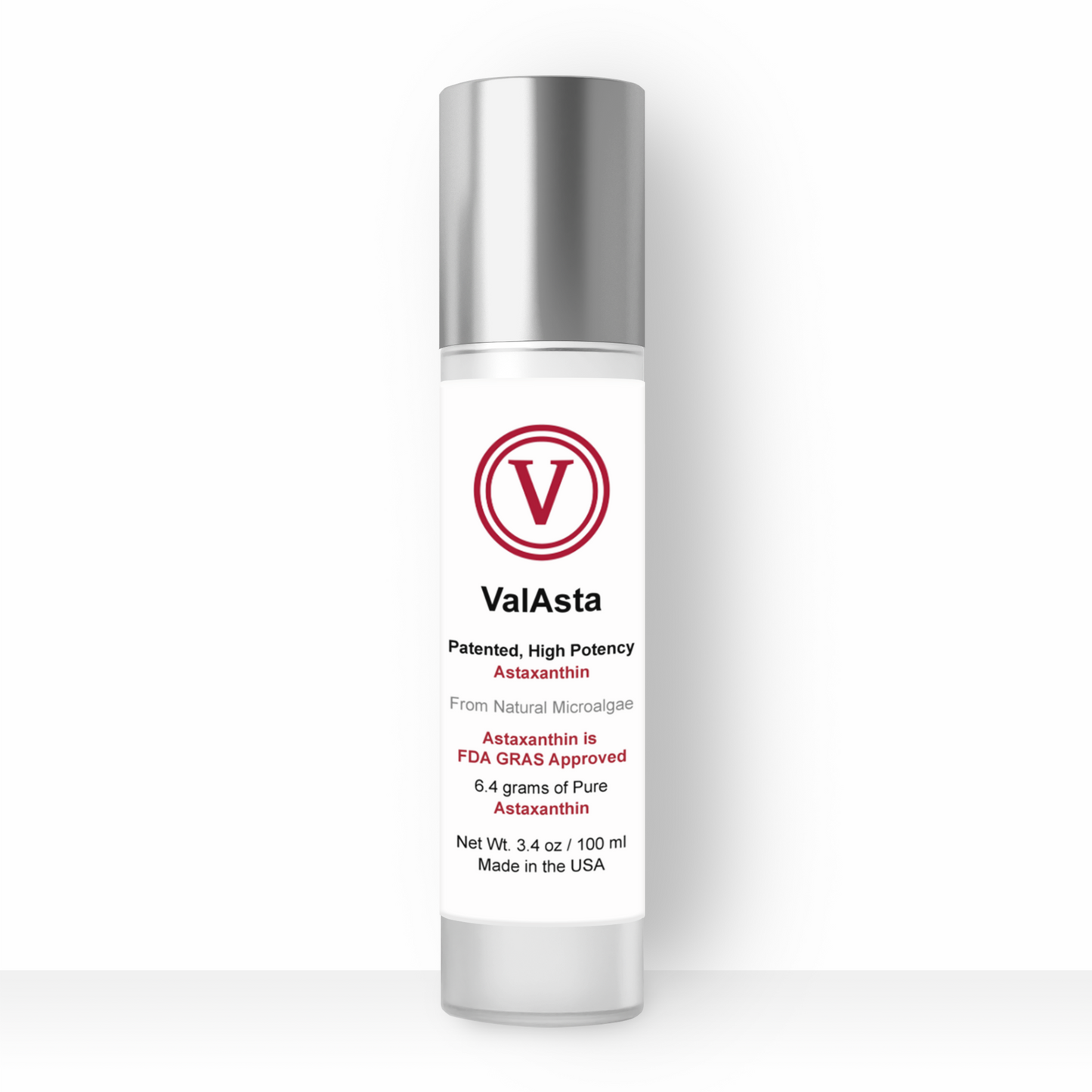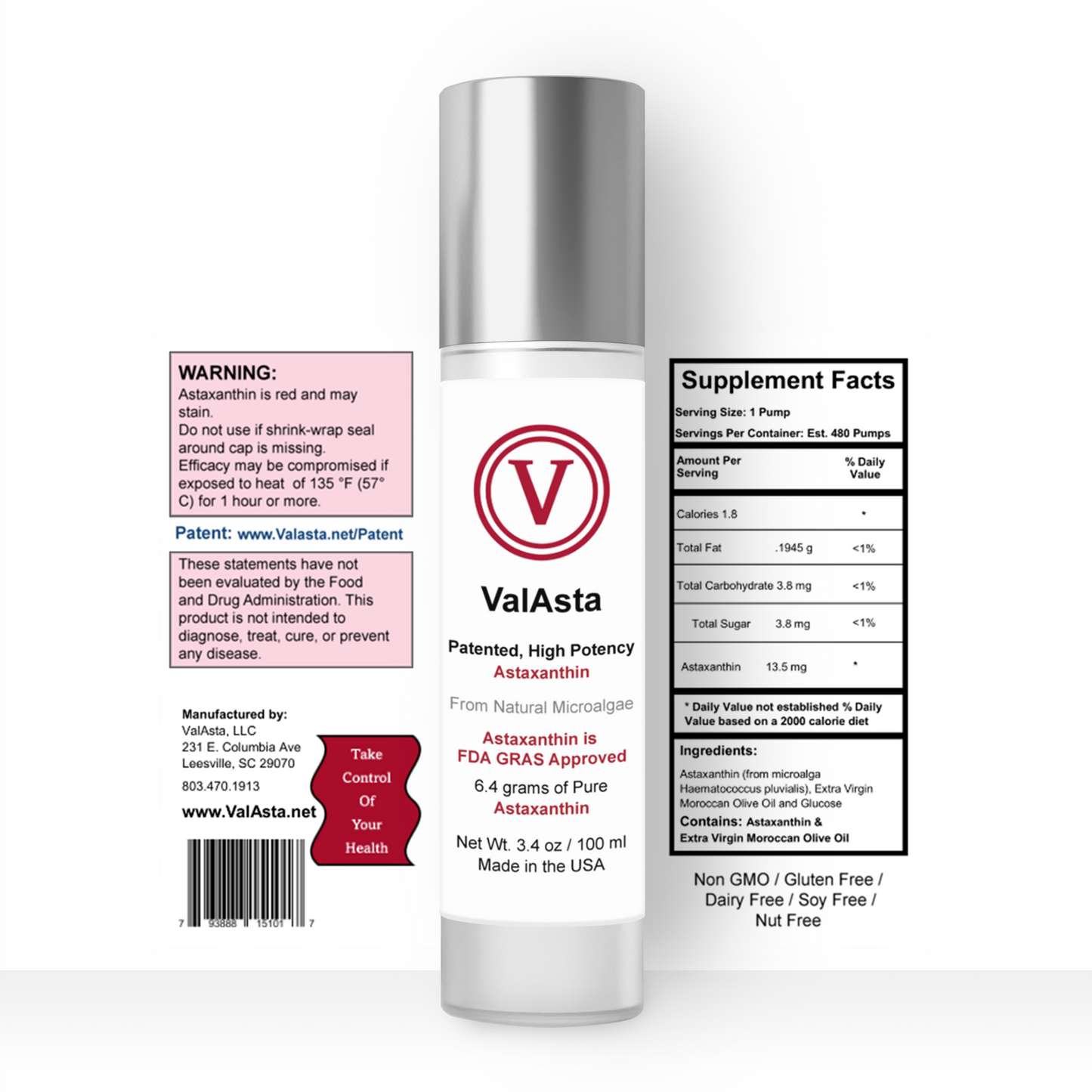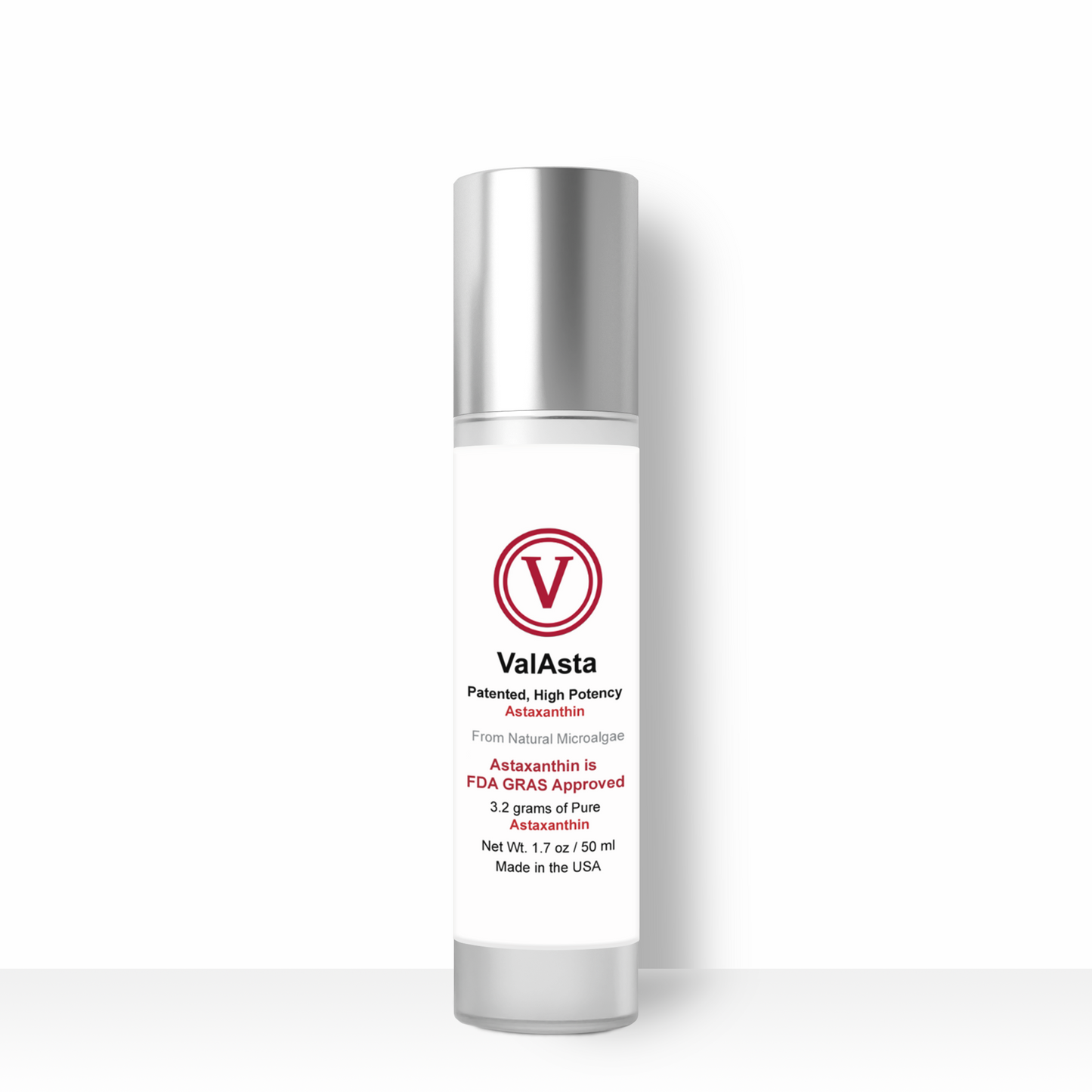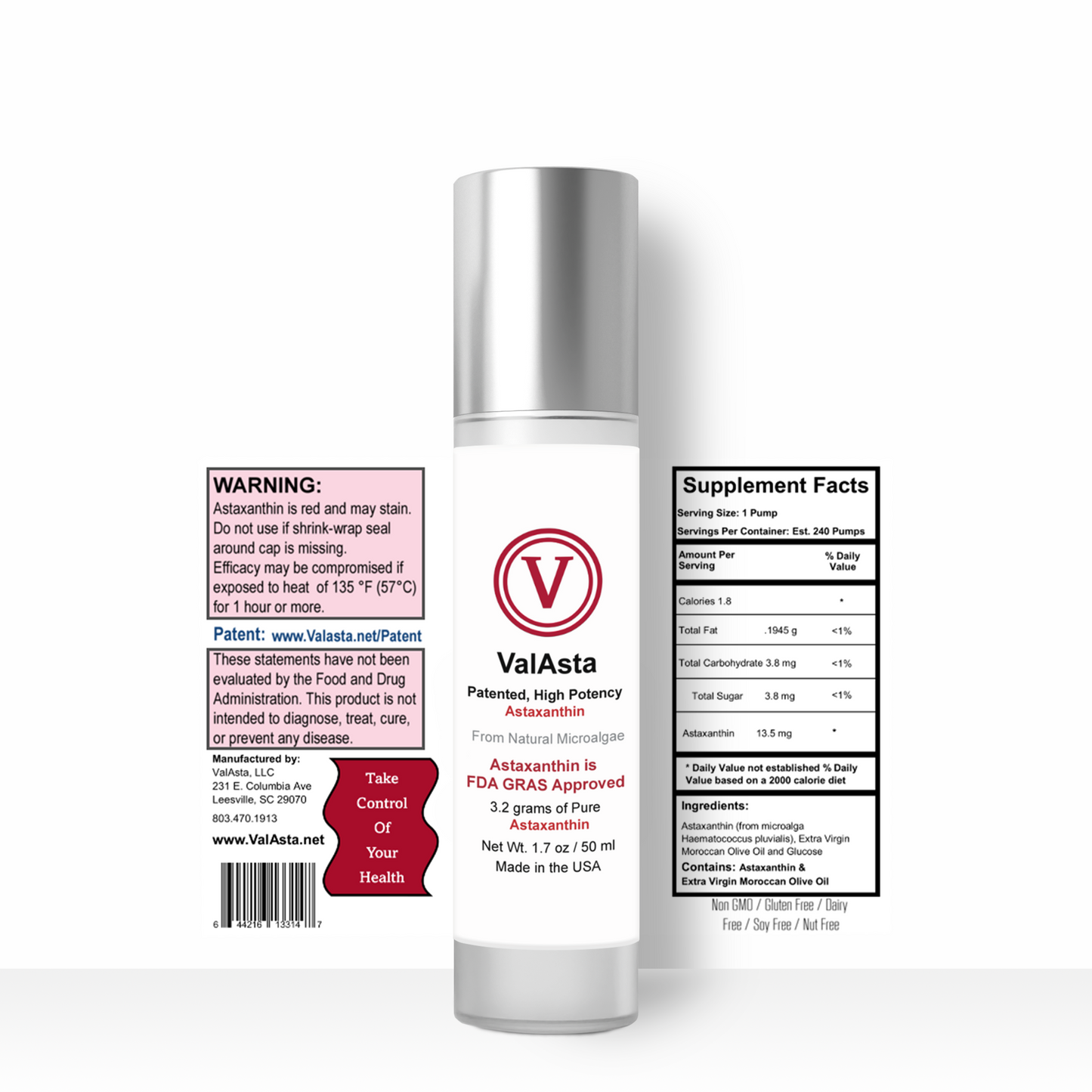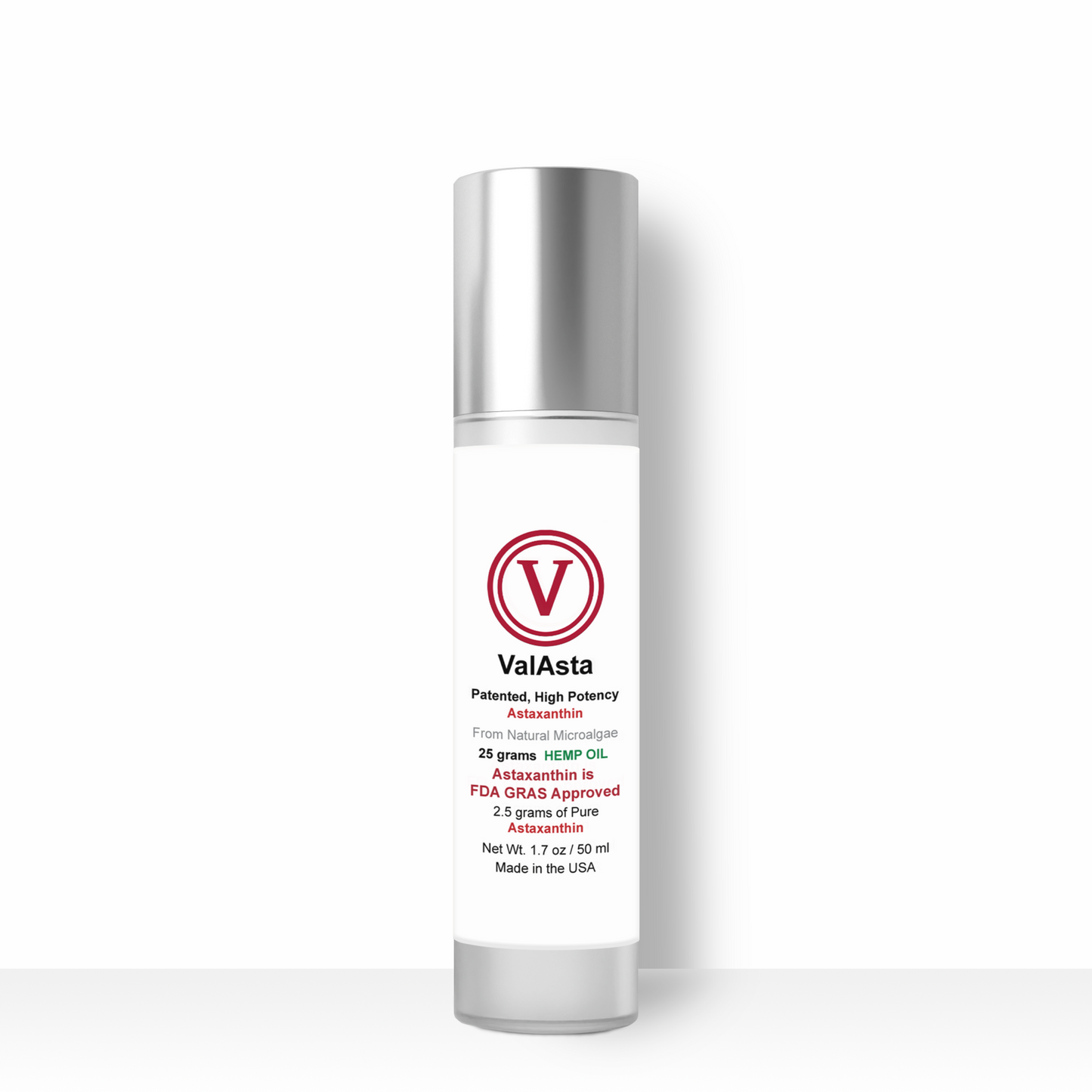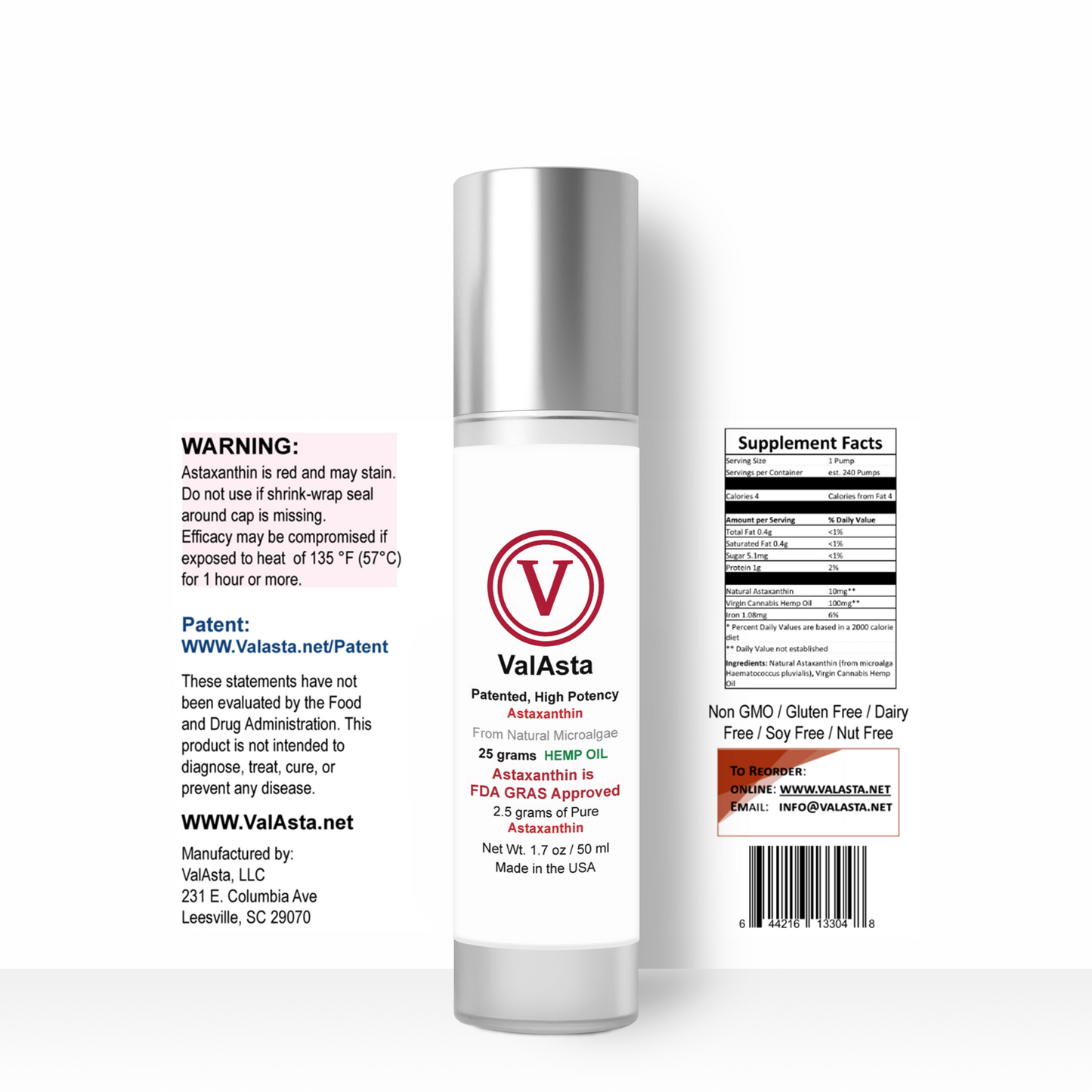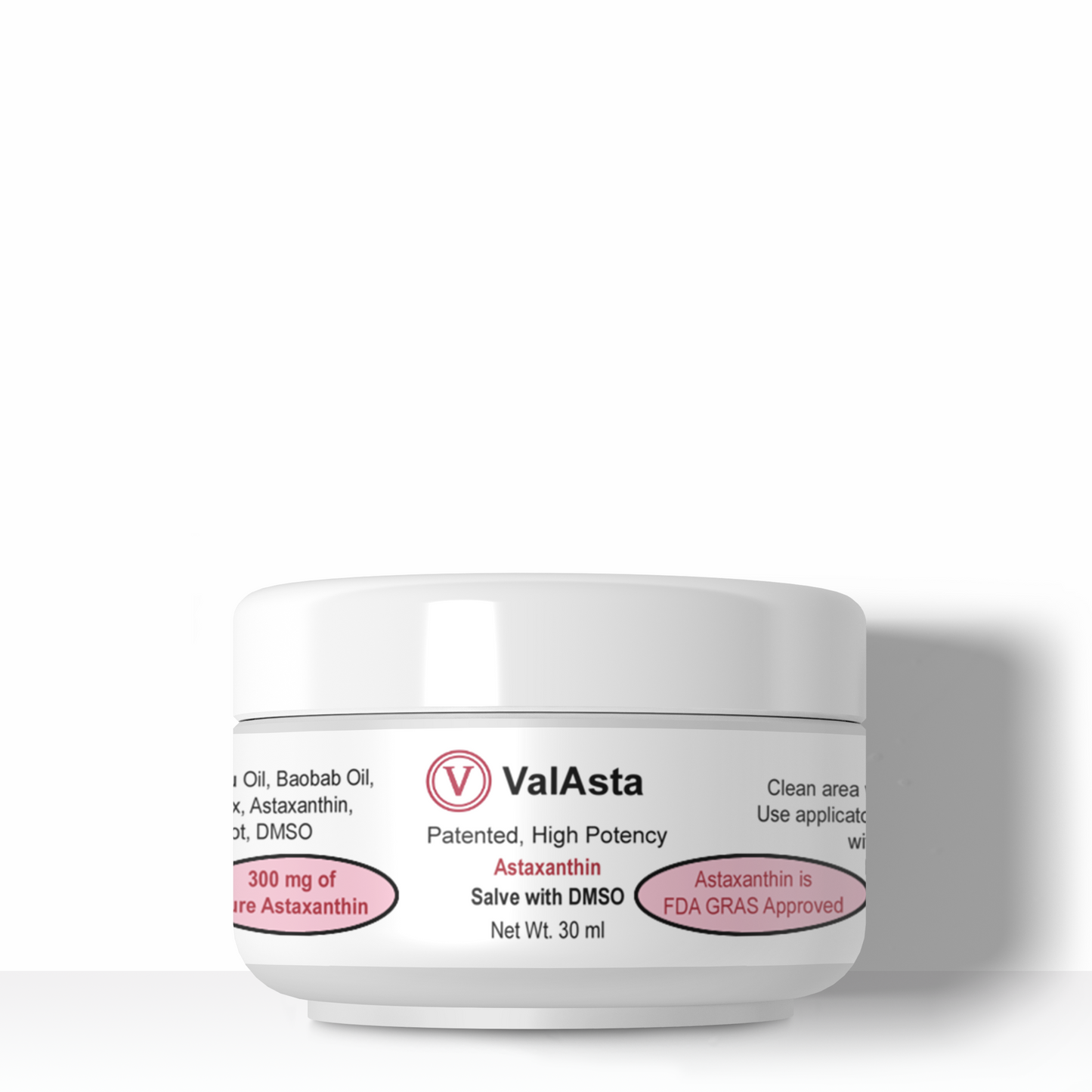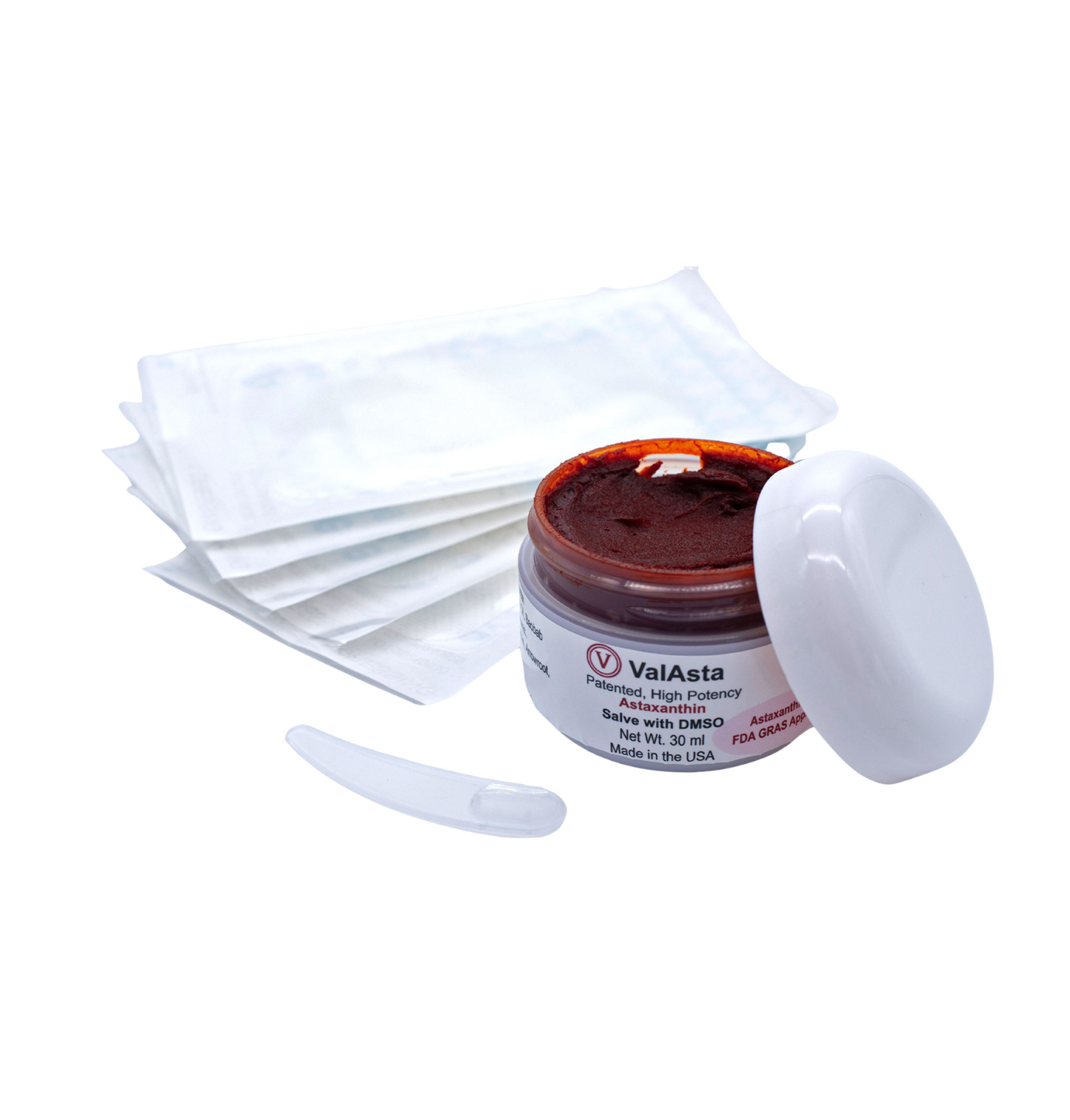Bone Cancer

Bone cancer can begin in any bone in the body, but it most commonly affects the pelvis or the long bones in the arms and legs. Bone cancer is rare, making up less than 1 percent of all cancers. In fact, noncancerous bone tumors are much more common than cancerous ones.
The term "bone cancer" doesn't include cancers that begin elsewhere in the body and spread (metastasize) to the bone. Instead, those cancers are named for where they began, such as breast cancer that has metastasized to the bone.
Types
- Chondrosarcoma - Most chondrosarcomas grow slowly and may not cause many signs and symptoms at first. Some rare types grow rapidly and have a high risk of spreading to other areas of the body, which can make these cancers difficult to treat.
- Immunotherapy for Chordoma and Chondrosarcoma: Current Evidence - PubMed (nih.gov) Chordomas and chondrosarcomas are rare but devastating neoplasms that are characterized by chemoradiation resistance. For both tumors, surgical resection is the cornerstone of management. Immunotherapy agents are increasingly improving outcomes in multiple cancer subtypes and are being explored in chordoma and chondrosarcoma alike. In chordoma, brachyury has been identified as a prominent biomarker and potential molecular immunotherapy target as well as PD-1 inhibition. While studies on immunotherapy in chondrosarcoma are sparse, there is emerging evidence and ongoing clinical trials for PD-1 as well as IDH inhibitors.
- Ewing sarcoma - Ewing (YOO-ing) sarcoma is a rare type of cancer that occurs in bones or in the soft tissue around the bones. Ewing sarcoma most often begins in the leg bones and in the pelvis, but it can occur in any bone. Less often, it starts in the soft tissues of the chest, abdomen, limbs, or other locations. Ewing sarcoma is more common in children and teenagers, but it can occur at any age.
- Osteosarcoma is a type of bone cancer that begins in the cells that form bones. Osteosarcoma is most often found in the long bones — more often the legs, but sometimes the arms — but it can start in any bone. In very rare instances, it occurs in soft tissue outside the bone. Osteosarcoma tends to occur in teenagers and young adults, but it can also occur in younger children and older adults.
- The Effects of Astaxanthin on Proliferation and Differentiation of MG-63 Osteosarcoma Cells via Aryl Hydrocarbon Receptor (AhR) Pathway: A Comparison with AhR Endogenous Ligand - PubMed (nih.gov) Conclusion to the article: this is the first study evaluating the role of astaxanthin on osteosarcoma. Our data revealed that astaxanthin can control the proliferation and differentiation of osteosarcoma cell line.
- Oxidative Stress causing bone disease:
- A potential role for astaxanthin in the treatment of bone diseases (Review) (spandidos-publications.com) The present review summarizes the negative effects of oxidative stress in bone and explores the role of astaxanthin in counteracting skeletal injuries consequent to oxidative stress.
Symptoms
Signs and symptoms of bone cancer include:
- Bone pain
- Swelling and tenderness near the affected area
- Weakened bone, leading to fracture.
- Fatigue
- Unintended weight loss
Patented ValAsta is a strong antioxidant and may help prevent or restore bone loss as noted in the attached article.
A potential role for astaxanthin in the treatment of bone diseases (Review) - PubMed (nih.gov) Accordingly, previous studies have demonstrated that supplementation of astaxanthin in bone contributes to the restoration of bone homeostasis. The present review summarizes the negative effects of oxidative stress in bone and explores the role of astaxanthin in counteracting skeletal injuries consequent to oxidative stress.
ValAsta has helped with many other common inflammatory conditions:
Shop ValAsta
Is Astaxanthin Safe?
The safety of astaxanthin administered orally was assessed in a medical trial undertaken in healthy adults. Volunteers were administered astaxanthin or placebo for eight-weeks. The authors concluded that healthy adults could safely consume natural astaxanthin.
In another study, high concentrations of astaxanthin were tested with blood taken from volunteers, 8 of whom were taking aspirin and 12 who were not. Even medical grade concentrations of astaxanthin had no adverse effects.
No significant side effects have been reported so far in published human studies in which astaxanthin was administered to humans.
Are There Any Side Effects?
- Astaxanthin has been classified as a generally safe supplement in the USA.
- ValAsta is 100% natural and has no serious side effects.
- The only side effects we have observed are a slightly reddish stool and in rare cases some stomach discomfort.
Benefits of ValAsta
- The only Patented astaxanthin for treatment of diseases.
- The world’s strongest natural anti-inflammatory.
- The world’s strongest natural antioxidant.
- 6000 x stronger than vitamin C
- Used to reduce chronic inflammation.
- Used as an anti-ageing supplement.
- Used as a health & fitness supplement.
- Protects health at a cellular level.
- Neutralized free radicals or ROS.





















